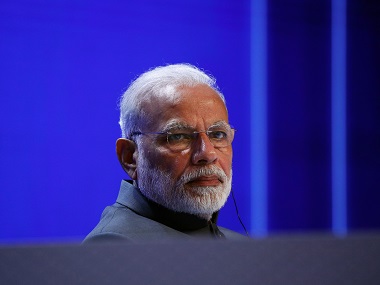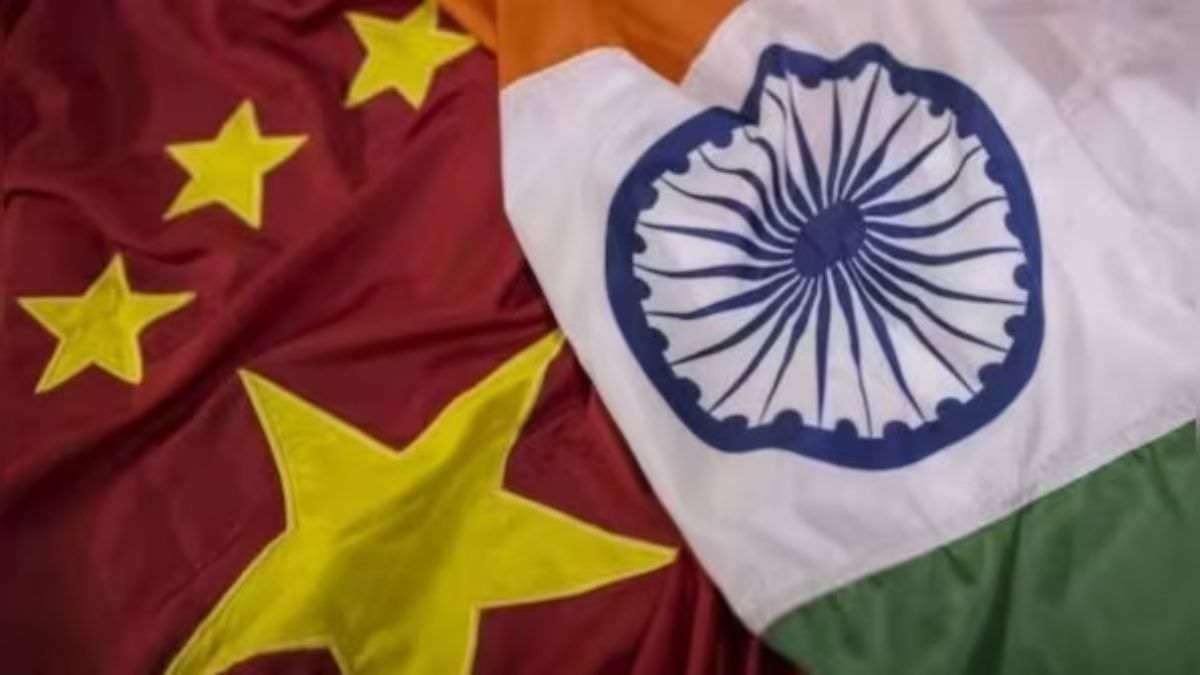India’s sharp rise for the second consecutive year in World Bank’s Ease of Doing Business (EODB) rankings has surprised many pundits and silenced the critics. Across the political spectrum, except for Omar Abdullah who gave credit to the NDA, the Opposition has gone quiet. Rahul Gandhi, who has a smart quip on Twitter for every occasion, might have missed the memo.
The Opposition’s discomfiture over India’s progress is unfortunate but understandable. When political relevance is at stake, bipartisan goodwill becomes a luxury, even on matters of national importance. Be that as it may, India’s 23-spot jump to 77th place in EODB rankings is a significant development that, among other things, showcases Narendra Modi’s reform credentials and makes a strong case for his re-election in 2019. We shall come to that but let’s first put the rankings in perspective.
In the four years that Modi-led NDA has been in power, India has climbed from 142nd place in 2014 to 77th in 2018. The meteoric rise of 65 spots is impressive in any metric but seen in context of the country’s size, scope, scale and complexity — appears astounding. This makes India the only country (among a pool of 190) to feature among the top 10 improving nations for the second consecutive year, the top-ranked economy in south Asia and the third among the BRICS on business-friendliness, behind China (46) and Russia (31).
#India, a top improver for a 2nd yr in a row, carried out 6 reforms in past yr, advancing to 77th place in the global ranking. It is now South Asia’s top-ranked economy. #DoingBiz https://t.co/IuS0fiW9Xc
— World Bank India (@WorldBankIndia) October 31, 2018
To put it in perspective, India was ranked last among the BRICS in 2014, and steadily headed south.
In 2006, couple of years after Atal Bihari Vajpayee remitted office and Congress-led UPA came to power, India was ranked at the 116th spot — 25 places behind China. By 2011, under the tutelage of the then Prime Minister Manmohan Singh, a noted economist, that gap had widened. India dropped to 132 in EODB and kept losing ground till 142 when Modi took over. In 2014 fiscal, IMF had projected India’s growth at 4.6 percent — the lowest in a decade — and headline CPI inflation near double digits.
Four years later, the IMF forecast for India’s growth stands at 7.3 percent in 2018-19 and 7.5 percent in 2019-20, “on strengthening investment and robust private consumption” while headline inflation is “projected to rise to 5.2 percent” in the same period due to, among other factors, currency depreciation and higher oil prices.
This creates space for political messaging that BJP has been happy to exploit. Singh, the former prime minister, recently called Modi a “failure” and claimed that his tenure has not been good for India. Facts speak otherwise.
It is worth noting that under an ‘economist’ PM, Dr. Manmohan Singh, India’s #EaseOfDoingBusiness rankings plummeted from 132 to 142 between 2011 and 2014! Corruption, cronyism and policy paralysis of the UPA adversely impacted the nation.
— Amit Shah (@AmitShah) October 31, 2018
Beyond the cut and thrust of electoral politics, it is now evident that Modi’s target of reaching the top 50 in EODB rankings may not sound as outlandish as it did in 2014. If that milestone now appears achievable, it has been made possible due to a process that included key reforms such as the GST, Insolvency and Bankruptcy Code, Real Estate Regulatory Authority (RERA) bill, modifications in labour regulations, along with concomitant thrust on greater digitisation and formalisation of the economy, fiscal discipline and a tight monetary policy (for which RBI deserves credit).
Th important thing to understand (and also the reason why Modi deserves a longer stint at helm) is that these key reforms — that are beginning to bear fruit and are slowly expected to stabilise the economy and propel it onto a path of higher and more sustainable growth — bore significant transitory costs and ate into Modi’s political capital.
Modi still remains overwhelmingly popular but there has been an unmistakable erosion in his popularity. He is easily the most preferred candidate for the prime minister’s post but Rahul Gandhi, the Congress president, is slowly gaining traction, according to latest surveys .
The Congress president has so far run a negative campaign focused on taking Modi down — leveling mostly unverified and wild charges and presenting not a single, cogent idea or vision about tackling the pressure points that the Indian economy is under. Despite his lack of vision, the very fact that Rahul Gandhi is gaining some traction suggests that he is benefiting from the adverse opinion on Modi that is slowly taking shape.
It is undeniable that India is facing macroeconomic instability due to rising import bill, widening current account deficit , falling rupee, lack of jobs and sluggish private investment. Yet the economy remains stable, the “fastest-growing” tag has been regained, growth forecasts are healthy and inflation is still under control. If there is discontent against Modi’s handling of economy, it chiefly arises from the teething pains associated with implementation of key reforms such as the GST.
Modi would have been aware of it, and therefore stepped on the GST pedal in July last year to allow some distance between the implementation and electoral season. And yet, the very fact that he was ready to take the demonetisation gamble or bite the GST bullet indicates his resolve in painstakingly putting in place the building blocks to eventually change India’s economic trajectory.
A leader who is unafraid to administer the bitter pill in the face of inevitable pushback and resistance is rare, because electoral democracy is not an academic exercise. It can be unforgiving, as Vajpayee found out, and intolerant of grand strategies and long-term plans. Real-time pain for people in their daily lives can translate into real-time pain for leaders. For his resolve and conviction in taking unpopular decisions at the cost of eroding his popularity, Modi deserves praise and more time.
Not the least because it will be unfair if someone else takes the credit for Modi’s work, as we saw during the UPA 1 tenure when the economy rode on the merry tailwind created by the Vajpayee regime, and squandered the advantage in the end.


)




)
)
)
)
)
)
)
)